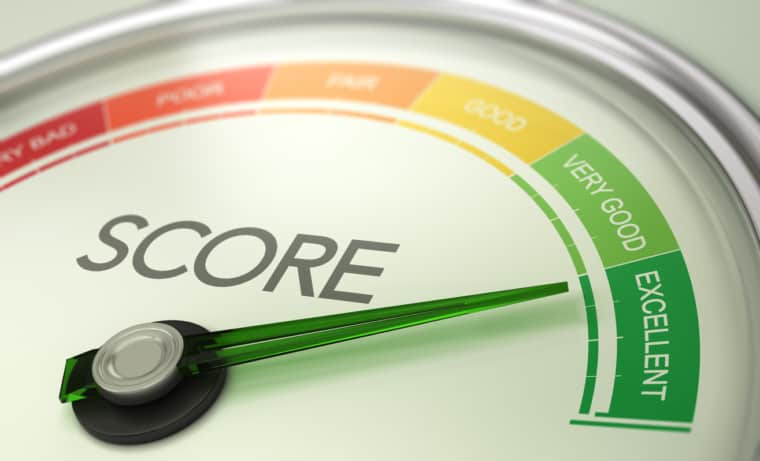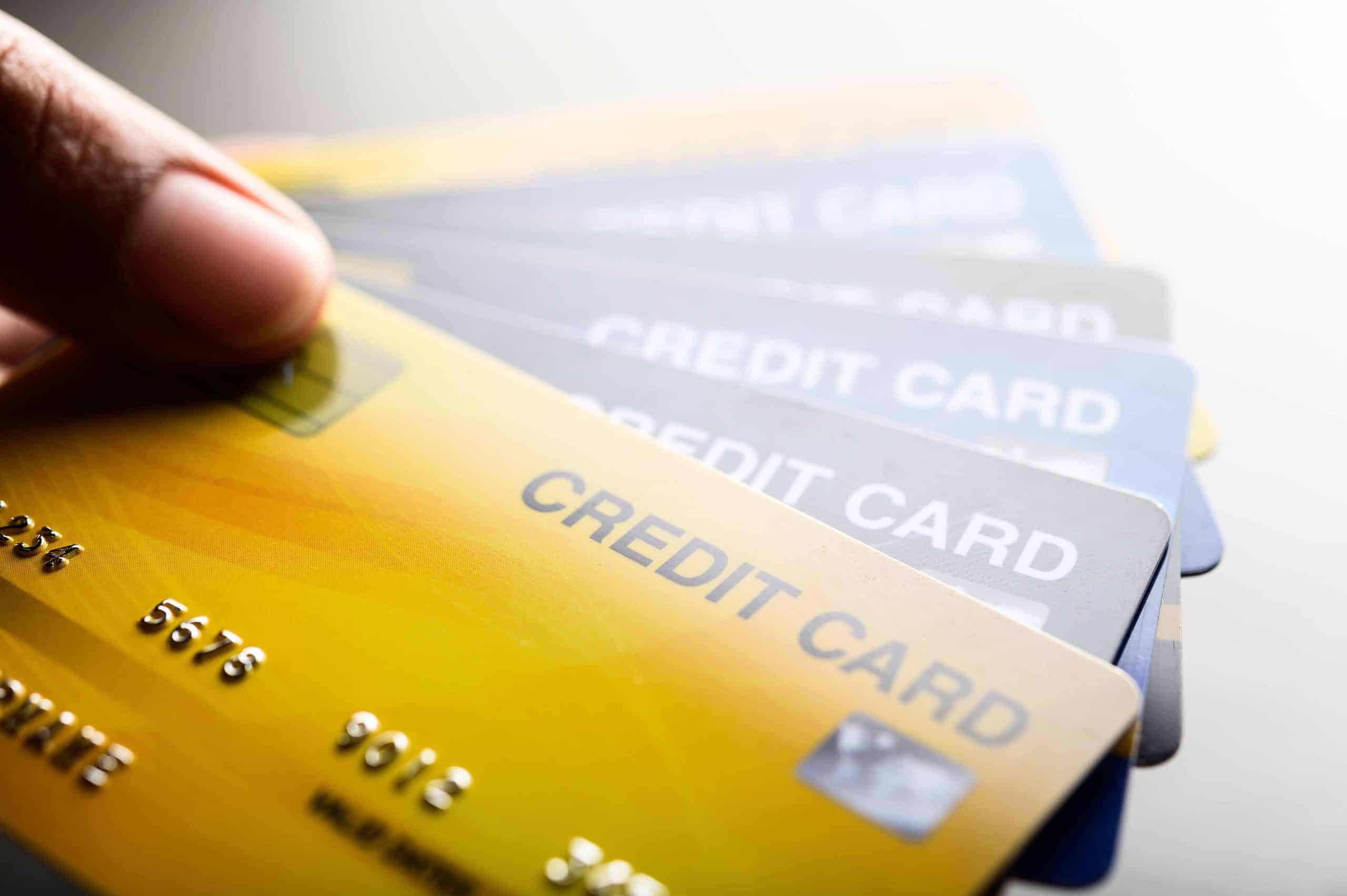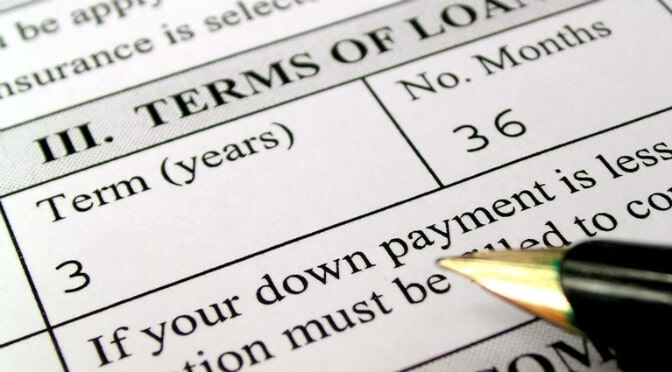11 Ways To Get the Lowest Mortgage Rate
1.) Raise Your Credit Scores

One of the best ways to get a low mortgage rate is to have the highest credit scores possible.
If you are going to have high credit scores, you must pay all of your bills on time. If you have been doing this, your lender will learn that you reliably make all of your payments. This encourages lenders to offer you the lowest mortgage rates because they don’t have to be concerned that you will default on your loan. If you haven’t been able to do this, start now. Also, pay any delinquent accounts in full. This will raise your credit scores because your reports will show that the amount of debt you are carrying is low.
Before you apply for any type of mortgage, you must obtain your credit reports from TransUnion, Experian and Equifax. You are entitled to obtain a free credit report every year, and now is the time to take advantage of this. Check your reports for negative errors because they could be the reason that you have a lower credit score than you deserve. If you find errors, you can dispute them with the credit bureaus and then your credit scores will increase naturally.
2.) Keep the Balances Low on Your Credit Cards.
Your credit scores depend on your credit utilization ratio. This is the balance on your credit card accounts as it compares to your available credit.
Lenders are interested in this percentage because it tells them how much available credit you currently have. Financial experts say that you should keep this percentage at or below 30 percent. If you have been charging up to the limits on your credit cards, your credit utilization ratio is going to be very high. When lenders see this high ratio, they will think that you could possibly be in debt. A high ratio means that you are a high credit risk, and you will have a lower credit score. With a low credit score, you cannot qualify for the lowest mortgage interest rates.
The best thing for you to do is pay down your balances so that they are only 25 percent of your available credit. You can also ask your credit card companies to raise your credit limits. This will help lower your credit utilization ratio so that your credit scores can increase. Then, you will be able to qualify for lower mortgage interest rates.
3.) Continue to Use Your Credit Cards.

After you pay down the balances on your credit cards, this will not mean that you want to keep these balances at 0.
You still need to keep using your credit cards, but try not to make any large purchases with them. Since you will be making smaller purchases, you shouldn’t have any difficulties paying your balances in full at the end of the month, and this will look very good to your lender. You will be demonstrating the fact that you can handle credit in a responsible manner. Along with improving your credit scores, paying your balances in full will also entitle you to a great rate.
The credit bureaus use several indicators to calculate your credit scores. Just one is the amount of credit you are using, and it counts for 30 percent of your credit scores. Your payment history counts for 35 percent of your credit scores, so it is very important as well. The length of your credit history also counts, so it’s a good idea to keep old accounts open even if you are not using them. If you were to close them, you would lose valuable time on your credit accounts. It also increases your scores if you have several accounts but fewer balances.
4.) Don’t Take Cash Out.

You may have heard that you can take cash out when you refinance your mortgage. This is called a “cash-out refinance.”
You will replace your original mortgage loan with a new home loan for an amount that is greater than the amount that you currently owe on your home. A portion of the money will go toward paying your first mortgage in full, but the remainder will go to you, and you can do anything you like with it. Resist the temptation to do this.
In order to take cash out, you would have to agree to lower your loan-to-value ratio. The loan-to-value ratio is the amount you owe on your mortgage as compared to the value of your home. For example, if you obtain a mortgage for $80,000 to purchase a house for $100,000, your loan-to-value ratio will be 80 percent. This means that your loan is based on 80 percent of your home’s value, and a loan-to-value ratio this high is risky for a lender.
With a high loan-to-value ratio, you wouldn’t be able to qualify for a low mortgage rate, so taking cash out wouldn’t be the wisest thing to do.
5.) Don’t Take Out a “No-Cost Loan.”
Another type of loan that isn’t a good idea for you is the “no-cost loan.” This loan is advertised as a loan that doesn’t require that the borrowers pay fees, but this is a fantasy.
Loans will always have fees. Lenders may disguise these fees and call them something else so that they can say you are getting a “no-cost loan,” but you will be paying fees for these loans. The fees would have been upfront fees, but with the “no-cost loan,” the fees will be rolled over into the loan. The lender could also charge you a higher interest rate to make up for not charging you fees. In this case, you wouldn’t be able to receive the lowest mortgage interest rate. There are also closing costs, and lenders may add them to the loan as well.
6.) Apply for a Loan with a Shorter Term.

If your original loan is a 30-year mortgage loan, apply for a loan that will have a shorter term length.
This will depend on how long you have been in your house. If you have been paying your original loan for the past seven years, it may not be beneficial for you to obtain another 30-year mortgage loan. You have the option of applying for a 20-year mortgage loan or a 15-year mortgage loan, and they may both entitle you to a lower <a href=”https://swipesolutions.com/refinance/”>mortgage interest rate</a>. This has the added benefit of lowering your monthly payments.
7.) Lock in Your Best Mortgage Interest Rate.
If a lender offers you a fantastic mortgage interest rate, you may be able to lock it in so that it cannot increase.
When you lock in your mortgage rate, it will stay the same from the time that you receive approval for the loan to the time that the loan closes. You cannot make any changes at this point, and you must close the loan at the specified time.
Mortgage interest rates are always fluctuating due to what is going on in the news. Every time that the government makes an announcement or issues a report, these events cause mortgage rates to go up or down. It will take several weeks for your loan to close, but you don’t have to be at the mercy of what is happening in the economic news of the day.
If you lock in your mortgage interest rate, you don’t have to worry about losing a great rate because a crisis occurs in the news. You can lock your rates for 30 days, 45 days or 60 days, and you will have enough time to go through the loan process without worrying about where your interest rates will be.
8.) Consider the Length of Time that You Will Be in the Home.
If you don’t plan to be in your home for an extended period of time, it would be better for you to consider an adjustable-rate mortgage loan.
An adjustable-rate mortgage or ARM is a type of mortgage loan with an interest rate that varies over the life of the loan. These loans have a very low interest rate in the beginning, so your monthly payments will be extremely low for a time. After this initial period is over, the interest rate will begin to vary periodically. Some adjustable-rate mortgage loans readjust every year, but others may readjust every month.
This loan also goes by the name “variable rate mortgage,” so you must not be confused about what type of loan you are receiving if you hear this term.
The ARM is a great option for you if you can pay your mortgage loan in full by a particular date. It is also good for you if you know that you will be able to afford the higher payments when your mortgage interest rate readjusts. You don’t have to be too concerned about how high your mortgage payment can go because these interest rates have a limit on how much they can rise.
9.) Shop around for the Best Mortgage Interest Rates.
The best way to find the lowest mortgage interest rates is to shop around for your lender.
Freddie Mac says that if borrowers obtain at least one additional rate quote, they can lower their mortgage interest rates by $1,500 over the life of a loan. If you shop for five different lenders, you will save $3,000 according to Freddie Mac.
You can lower your mortgage interest rates by agreeing to pay “points.” Point is another word for “fee,” but your lender will lower your mortgage interest rates when you pay these fees. This practice goes by the name of “paying down the rate,” and it is entirely up to you. This sounds like a good plan, but it doesn’t work for everyone. Whether or not this strategy will work for you will depend on how much you will save on your monthly payments and how long it will take you to break even after you have been paying fees for several years. Also, you need to consider how long you are going to remain in your home.
You will definitely need to know what your annual percentage rate or APR is going to be. This combines your mortgage interest rate and all of the fees that you are going to pay for the loan.
10. ) Have Your Documents Ready before You Apply for a New Mortgage Loan.
Refinancing your mortgage loan will require that you fill out documents just like you did for your original loan. A large number of people are doing what you are doing, and they are refinancing their loans, so it may take some time for your loan to be approved.
Lenders will ask you to provide your proof of income, homeowners’ insurance and title insurance policies, credit reports, documents for your debts, documents for your assets, the latest appraisal document and your loan-to-value appraisal.
If all of your documents are at your disposal when your lender asks for them, you will be able to offer these to your lender right away. This will save you a lot of time and will eliminate the need of having to extend your rate lock. Extending the rate lock can be expensive, so it is best to avoid this. Lenders can also be in the habit of asking for additional documents at the last minute before closing, but if you have everything in front of you, you will be prepared to offer them.
11. ) Work with a Reputable Mortgage Broker.
If you still feel intimidated by the mortgage loan process, you have the option of working with a reputable mortgage broker. A mortgage broker will undertake the entire lending process for you.
The mortgage broker is your representative, and he or she will be the one to go to the banks and find the best mortgage interest rates for you. These people already have a long list of lenders at their disposal, so they are certainly at an advantage. They have been licensed, and the financial industry regulates their services, so you can feel comfortable hiring a mortgage broker if you don’t want to find a mortgage rate on your own.
Your mortgage broker will be the one to ask you for all of the documents you will need to apply for your new loan, so you can rest assured that you will not miss anything during the refinancing process. Mortgage brokers can apply for new loans with several lenders in the shortest period of time.
After you choose a loan, your mortgage broker’s job will not be finished. He or she will continue to work with the lender’s underwriting department, your real estate agent and the closing agent so that the process can run smoothly until the loan closes.
It is always best to be prepared, and now that you know how to get the lowest mortgage interest rate, you are prepared to take action so that you can accomplish that goal. What do you plan to do to make sure that you end up with a low mortgage rate?


